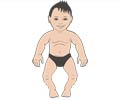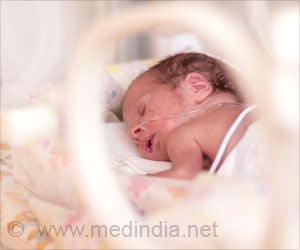A new study indicates a possible link between childhood exposure to general anesthesia and an increased risk of behavioral and developmental disorders in young kids.
Childhood exposure to general anesthesia may lead to an increased risk of behavioral and developmental disorders in young kids, a new study has suggested.
Recent animal studies have shown that commonly used anesthetic agents may have serious neurotoxic effects on the developing brain.To assess whether the experimental animal data can be applied to humans, Lena S. Sun, M.D., professor of anesthesiology and paediatrics and colleagues at Columbia University College of Physicians and Surgeons, the Mailman School of Public Health and the Columbia University School of Nursing, performed an analysis of a group of children born into the New York State Medicaid Program between 1999 and 2000.
Over a 4 year period, 625 children under the age of three were exposed to general anesthesia as part of uncomplicated hernia repair.
When compared to a random sample of 5,000 children with no history of anesthesia exposure, the children exposed to anesthetic agents were twice as likely to be (subsequently) diagnosed with a developmental or behaviour disorder.
"Given that the study subjects were taken from a Medicaid population, one limitation of the data is the demographic factors of this group that may vary from the general population. The excess risk of developmental and behavioral disorders in the children exposed to anesthesia cannot be completely explained by demographic factors or confounding health factors including premature birth or low birth weight," the authors said.
Researchers stress the need for more rigorous studies to assess the long-term health effects of exposure to anesthesia in young children.
"It is important to emphasize that given the limitations and preliminary nature of the study, these results should be interpreted with caution; parents should not keep their children from having necessary surgical procedures," Dr. Sun added.
Source-ANI
RAS/SK
 MEDINDIA
MEDINDIA



 Email
Email










